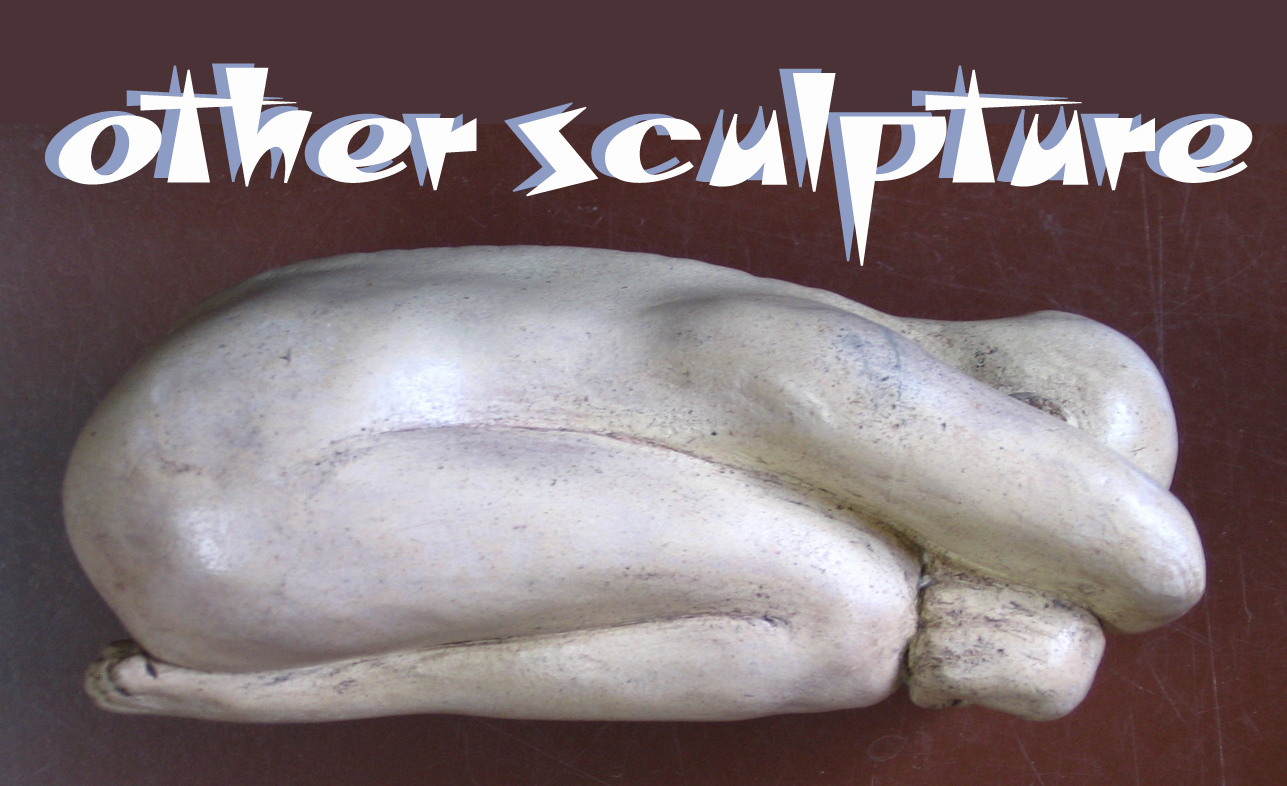Sometimes my motivation for creating a sculptural work could be as simple as experimenting with an unfamiliar technique, as involved as deciding on a theme for an exhibition, or as confined as conforming to the rules of a competition (as in the small figure ‘scrunch‘, above), which was required to fit in a cone box. (A cone box, 16 cm long, 8 cm wide and 7 cm high, was packed with cones – small, three sided, pyramids made of ceramic material calibrated to soften and bend at specific temperatures in a kiln – a visual approximation of the temperature of a firing.)


